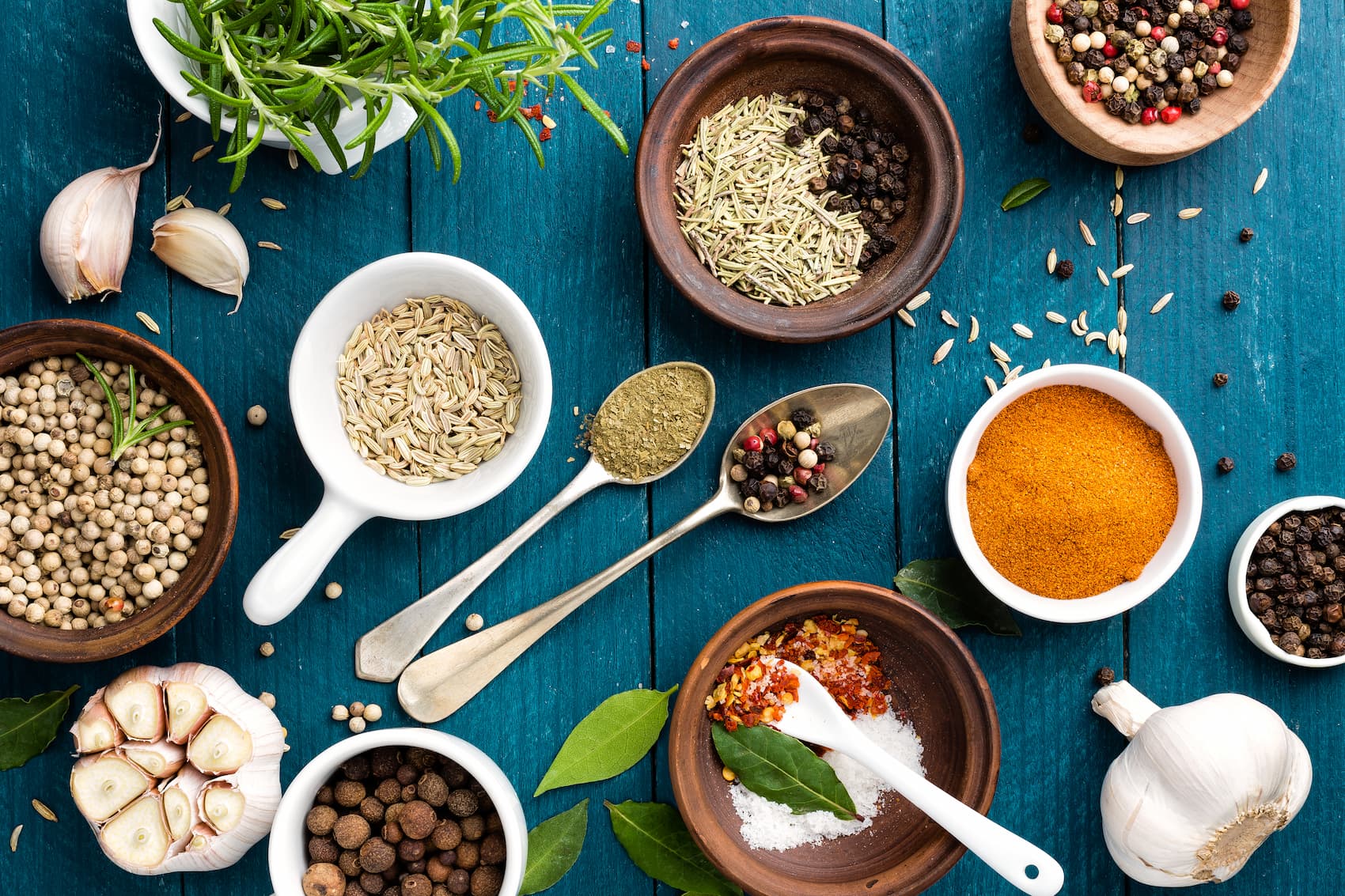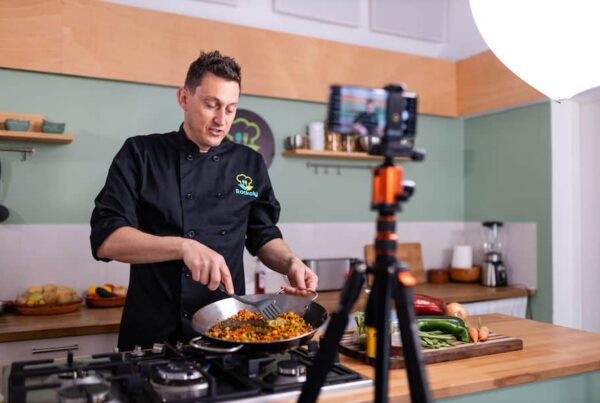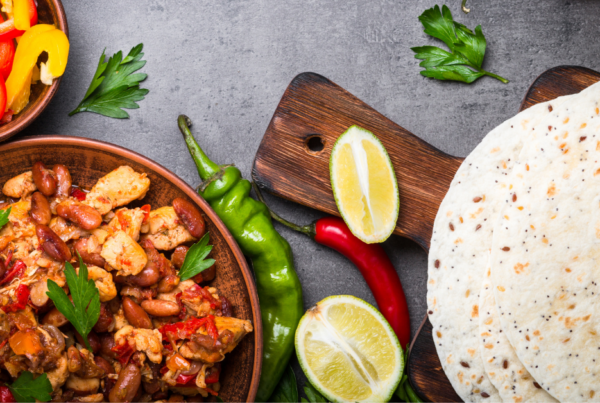In 1959, the concept of The United Nations Educational, Scientific and Cultural Organization (UNESCO) World Heritage Sites was born. When the Egyptian government planned to build the Aswan High Dam a few years before, the reservoir it would create threatened to swamp the ancient Egyptian and Nubian treasures in the region.
However, building the dam was essential, as it would provide Egyptian citizens with a much-needed, reliable water supply.
To mitigate the challenges, the Egyptian government asked the UN to assist in relocating the treasure to higher ground – a precise and costly operation. As a result, they recovered the priceless artifacts and discovered and cataloged hundreds of new finds.
This motivated the UN to expand the campaign, and since then, UNESCO has identified and protected more than 1150 World Heritage sites worldwide for future generations to enjoy.
The need to protect physical places was the priority, but as time passed, UNESCO recognized that many intangible cultural treasures needed to be identified and preserved. This includes oral traditions, cultural dances and social practices, festivals, and traditional cuisine.
Throughout the world culinary traditions, food and culture have a symbiotic relationship. It’s not just about the finished meal. It’s the sourcing of ingredients, the process of storing and preserving them, and the preparation and serving of the meal that are heavily influenced by cultural heritage.
Recipes and food practices are passed down through the generations, and food is at the core of building social bonds, celebrations, and gatherings.
Relationship Building with Rockoly and Global Cuisine
Rockoly embraces the power that cuisine wields regarding human connection and bonding. Building these connections and developing a positive team dynamic that ensures collaboration and growth are essential for businesses to thrive.
Rockoly offers online cooking workshops to facilitate team development and bonding through the universal love of food. To celebrate the relationship between food and the innate social spirit of humanity, here is a list of some of UNESCO’s cultural cuisine practices and global gastronomical wonders.
Truffle Hunting In Italy
Not many of us had had the pleasure of enjoying a genuine Italian truffle. While the flavor is often infused into oils and sauces, truffles are expensive and used sparingly.
Nevertheless, Italy’s tartufi truffle-hunting traditions are recognized by UNESCO. The practices have been passed through the generations orally, and intimate knowledge of the climate, soil and ecosystem is needed to succeed.
Italian tartufis work with specially trained dogs or pigs to source the luxury fungus. Top-quality truffles sell for as much as $10,000 per pound.
Lavash in Armenia
Lavash is a paper-thin flatbread usually rolled and stuffed with mouth-watering fillings like beef, lamb, falafel, hummus, and other yummies. Making the bread requires remarkable skill, and the profoundly traditional method is sociable, fostering community bonds.
First, the community’s women come together to mix and knead the dough, which is pulled and stretched out over a unique cushion. It is then transported to a special clay oven known as a ‘tonit’, slapped onto the side, and left for less than a minute to bubble.
Lavash is draped over the shoulders of the bride and groom at Armenian weddings as a symbol of future prosperity. The bread is enjoyed daily and is a popular street food throughout the country.
Hawker Food Culture In Singapore
Bustling food markets are commonplace throughout south-east Asia. Singapore is a unique city-state and highly cosmopolitan. This is evident if you visit the world-famous hawker markets throughout the city.
The undercover centers are jam-packed with tiny restaurants featuring delicious foods with roots in Indian, Malay, Chinese, and Nyonya cuisine. Each chef usually selects two or three meals to specialize in, becoming their trademark.
The markets began in the 1960s and are a quintessential part of Singapore’s culinary traditions. In addition, the centers contain community dining rooms, where people from different backgrounds come together to break bread and build social bonds.
Check out five of the most popular hawker centres in Singapore.
Qvevri Wine-Making in Georgia
Few people know that Georgia is the birthplace of wine and viniculture. Evidence of wine-making goes back as far as 6000 millennium BC. UNESCO recognizes the qvevri wine-making methods as a cultural heritage that has been practiced for aeons and is still practiced today.
A qvevri is a clay urn similar in shape to a Greek amphora. Culinary Traditions like the pot are buried in the ground, keeping it at a constant, cool temperature.
Grapes are placed in the queri straight after being harvested and left to ferment, with their skins on. Georgia is famous for its skin contact wine varieties.
Sighnaghi is the heart of wine country in Georgia. Here you can visit wine farms, cellars, and family-run wineries where you can enjoy tours and tasting.
By the way… If you and your team are wine lovers, why not consider a virtual wine tasting with Rockoly? Expert sommeliers provide a relaxing, engaging virtual team event, and your team can sample some of the finest wines from Spain or Italy.
Rockoly’s sommeliers will teach your team about the wine-making process and famous wine-making regions.
Turkish Coffee
Turkish coffee is known for its rich aroma and robust flavor, but the ritual of drinking it makes it truly remarkable.
When coffee beans first reached the Ottoman Empire in the 15th century, they were met with great enthusiasm. The Ottomans took control of all coffee trading routes and spread the delectable beverage throughout the empire.
As a result, modern countries that the Ottomans once conquered are also known for their distinct coffee culture.
The beans are ground to a fine powder and are slowly brewed until foam appears. Finally, the brew is poured into a bronze pot known as cezve, served on a sophisticated tray, accompanied by sugar cubes and – very often – a square or two of Turkish delight.
For the most authentic Turkish coffee drinking experience, one should visit Kaveh Kanes – a traditional coffee house. Coffee is the ultimate social lubricant, enjoyed slowly over good conversation.
Did you know that Rockoly offers a coffee-tasting add-on with their menus?
Fuel your tastebuds with roasted coffee from small farmers around the world and explore different roast techniques and tips for brewing.
Traditional Mexican Cuisine
Mexican cuisine is a marriage between traditional Aztec and Mayan cooking practices and recipes and the methods and ingredients brought to the region by the Spanish Conquistadors. The result is a broad spectrum of flavors, contrasting ingredients, and spices.
Food is a cornerstone of Mexican social gatherings, festivals, and celebrations and is enjoyed with enthusiasm at every opportunity.
Central America and Mexico gave us corn, and we are eternally grateful. Corn and flour tortillas wrap ingredients and create delicious enchiladas, tacos, fajitas, and many delicious Hispanic delights.
Rockoly has various Mexican culinary treats for you and your team to create and enjoy together. First, make delicious tortillas, the much loved, thin flatbreads made from finely ground corn flour. Tortilla means name means “small cake,” and the oldest record of tortillas dates to 10,000 years BC.
Create delectable tacos with your freshly made tortillas. Stuff them with mouth-watering steak, fresh guacamole, and zesty corn salsa. The menu is customizable, and vegan/vegetarian options are available
French Gastronomy
French gastronomy doesn’t refer to a specific food. Instead, it is about the vital role that traditional food plays in French family traditions. No matter the occasion, food brings the french together and is a central part of their culture. Dishes may differ from home to home, but recipes are held dear to each family, having made their way through the generations of culinary traditions.
Charcuterie is the name of a French style of cured meat developed in the 15th century. Charcutiers (pork butchers) were specialists in preparing the much-loved cold cut, which has become entrenched in French culinary culture.
Create a charcuterie board with Rockoly. A selection of fine cheeses, cured meats, pates, and artisan bread is the ideal appetizer and can also be done as an entrée before your team gets stuck into the next dish.
Neapolitan Pizza Making
UNESCO recognized the art of Neapolitan pizza making as a culinary traditions in 2017. The centuries-old tradition has been passed from generation to generation, and pizzaiuoli (Neapolitan pizza makers) have carefully mastered the craft.
The Italians have enjoyed pizza for over 1000 years, and it was introduced to America after the Second World War. Since then, tourists have spent many vacations in Italy seeking the perfect slice.
Make the perfect pizza with Rockoly. Then, complete the occasion with a wine pairing to feel like you are on vacation in Italy.
These are just a handful of the magnificent meals and culinary traditions that made UNESCO’s list of culinary treasures. How many have you been fortunate enough to try?








